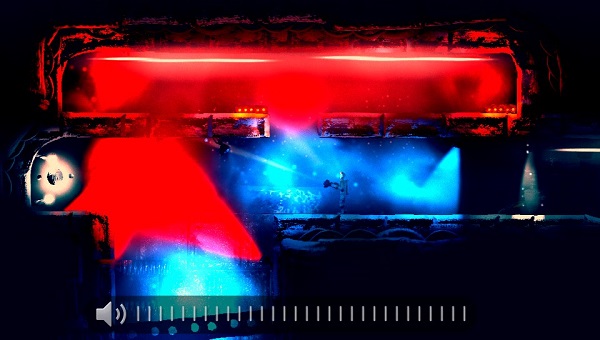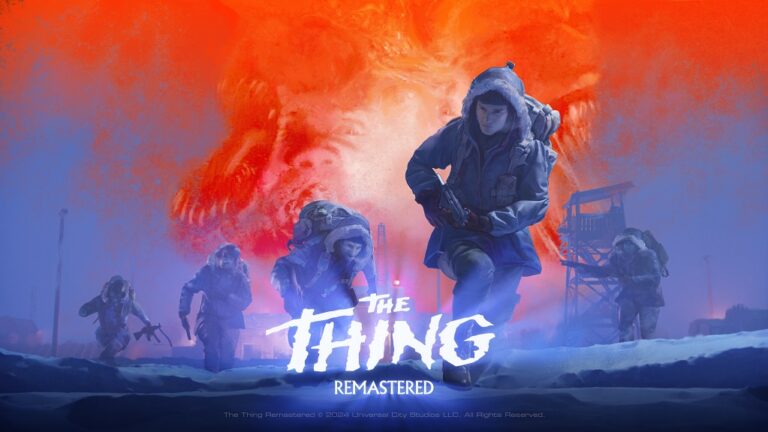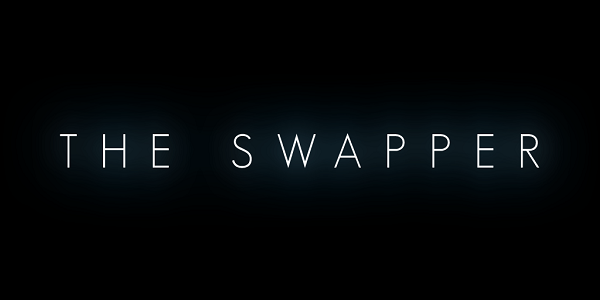
The Swapper, having originally released on PC last year, has now arrived on PlayStation consoles thanks to Curve Studios and their efforts to port popular indie games to consoles. Prior to this review, I actually owned the game on Steam but never got around to playing it. Now that it’s available on the PS3, PS4, and Vita (the version this review is based on), I have finally sunk my teeth into this ambiance heavy platformer.
Developed by Finnish studio Facepalm Games, The Swapper is a Metroidvania-esque puzzle game set on an outpost outside of a newly discovered planet. The game’s lead character arrives on the Theseus space station to investigate why its communication has gone dark and soon gets wrapped up in a story ripe with dark existential themes.
The gameplay of The Swapper is tied to the titular device found by the protagonist of the game, which allows them to create clones of themselves. Clones produced by the Swapper device act in tandem with the player-controlled character, and can be switched to if within range of the device’s swap function.
Clones do not have independent movement, and their actions mirror whatever the player-controlled character does. The puzzles in The Swapper rely on the player’s problem-solving abilities surrounding this foreign concept and can be quite difficult at times. The completion of puzzles net players orbs, with harder puzzles rewarding larger amounts of orbs. As the story progresses, via computer terminal notes and another character roaming around the space station, progress is impeded by locks that require a certain amount of orbs before they can be opened. This means that players will have to complete a set amount of puzzles before they can continue. The finale of the game is also locked until every puzzle has been completed.
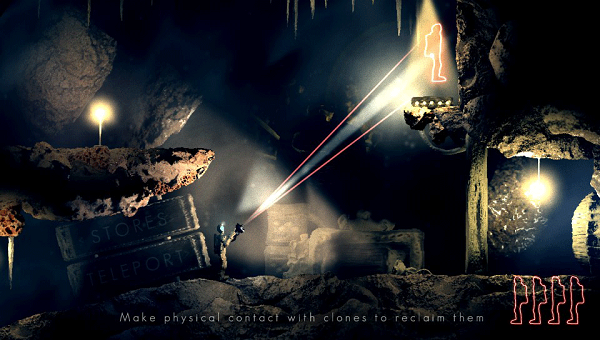
Early puzzles in the game rely on players setting their clones down in key points so that the primary is the one that makes contact with the orb, with clones acting as button weights or strategically-placed swap points. Further into the game, puzzles become more complex by introducing lights that block either the swapping function or the ability to spawn a new clone. Near the end of the game, there are reverse gravity panels that force players to consider their clone’s movement in relation to the floor and ceiling. Some puzzles will also limit the number of clones used by locking them outside of the puzzle area.
The Swapper‘s puzzles are smartly designed, with a steady rise in difficulty, and they will definitely stump you along the journey through Theseus.
It would be a crime not to mention how visually impressive The Swapper is, and thankfully its wonderful art-design carries over onto the Vita without too many sacrifices. The game’s environments were handcrafted by the game’s developers, by physically molding assets and importing them into the game. This effect is apparent in the game’s visuals, and gives the game a unique and enjoyable aesthetic.
When I say enjoyable, I mean dark, ambient, and eerie. This is a horror game site after all, and we find beauty in the bleak. There are no immediate threats or monsters in The Swapper, but the game emits an unsettling vibe from its art style, melancholic score, and its narrative. The storytelling is purposely vague and mysterious at first, but soon becomes one enveloped in existentialism and its multiple concepts.
The Swapper is a thinking gamer’s kind of game, through and through.
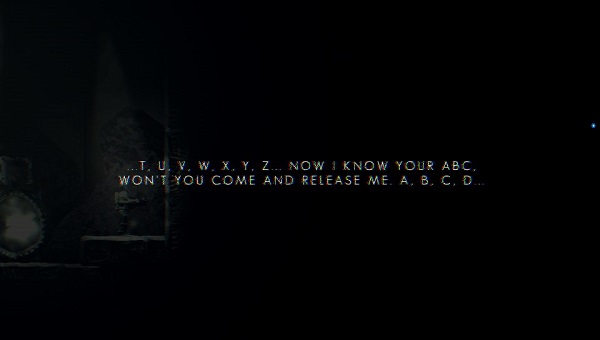
Since I played the game on the Vita, it’s worth mentioning how the controls have translated to the device. While players can simply use the right analog stick to place clones and aim, I found that its sensitivity was a little low and the stick was a tad imprecise. The touchscreen can be used as an alternative aiming method, and I preferred it over the right analog stick during tougher puzzles where accuracy was especially important.
The Swapper is a well-crafted mental exercise in existentialism and puzzle solving. For $20, you’re getting a fairly lengthy puzzler with smart game design and effective writing. I’m kicking myself a bit for having waited so long to give it a shot, but I’m glad I did. If you haven’t already picked it up on Steam, the PlayStation ports are a good time as any to jump into the game and experience its mind-bending puzzles and story.
 (9 / 10)
(9 / 10)
Amazing
 (9 / 10)
(9 / 10)
